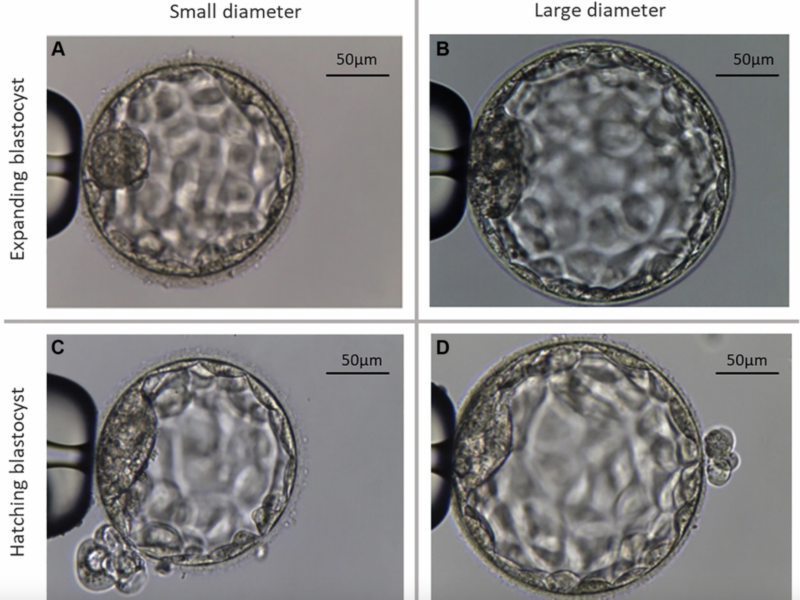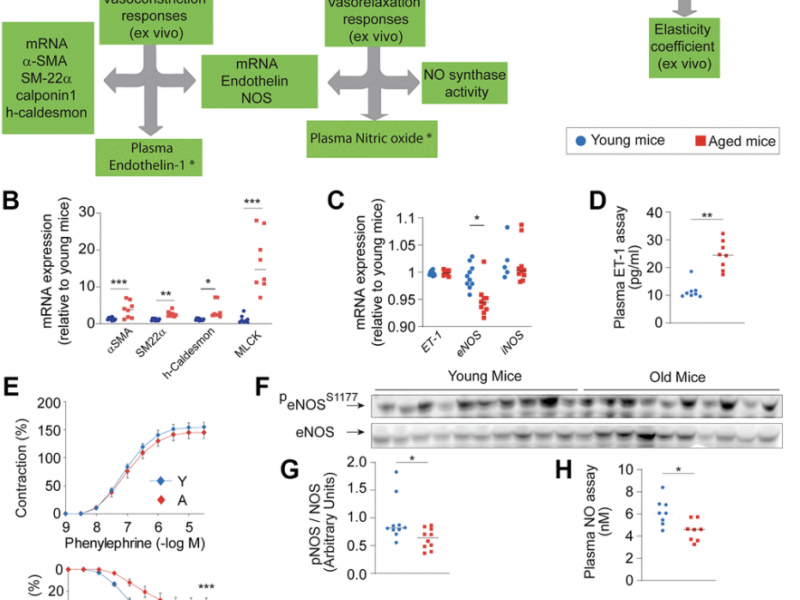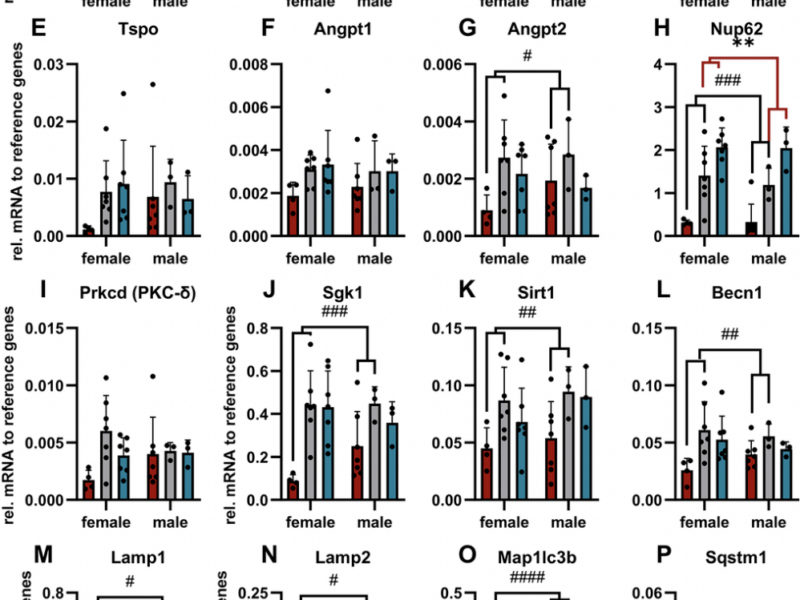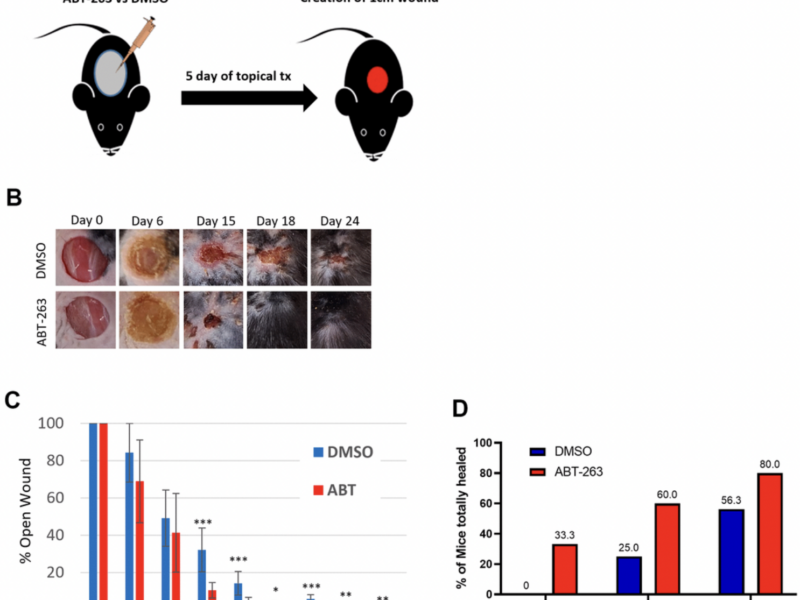Aging-US Research

Could the air we breathe, the food we eat, or the chemicals in our everyday environment be accelerating our aging process? A recent study published in Aging suggests that exposure to certain environmental chemicals may be linked to faster biological aging through changes in DNA. These findings could have major implications for public health and longevity.
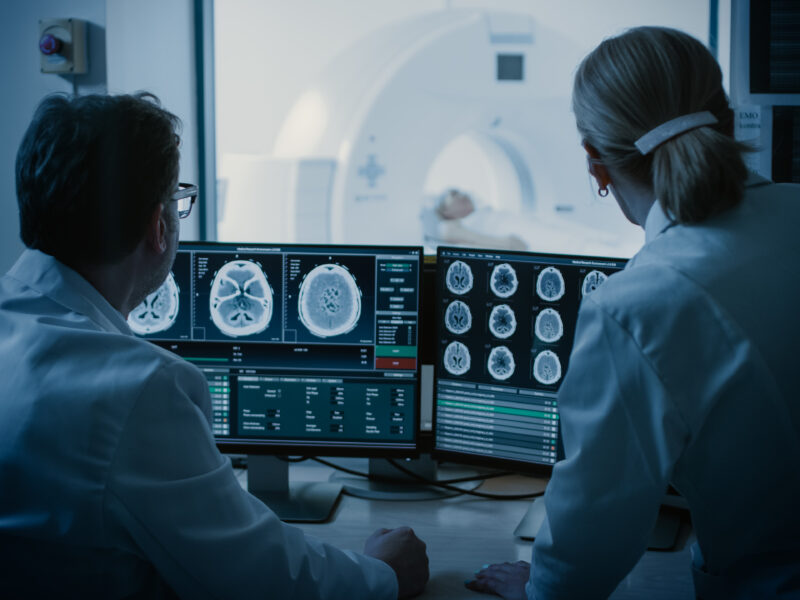
Radiation therapy or radiotherapy, is a common treatment for cancer, but its effectiveness differs across patients. A recent study published as the cover for Volume 17, Issue 2 of Aging explored why this happens. The findings provide valuable insights, particularly for brain cancers like glioblastoma (GBM) and low-grade gliomas (LGG).
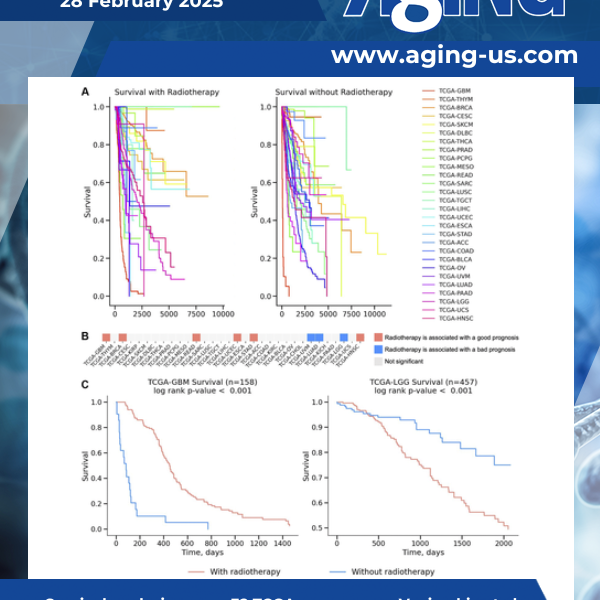
Radiotherapy is a crucial treatment option for various cancers. However, the results of radiotherapy can vary widely across different cancer types and even among patients with the same type of cancer. This variability presents a major challenge in optimizing treatment strategies and improving patient survival.
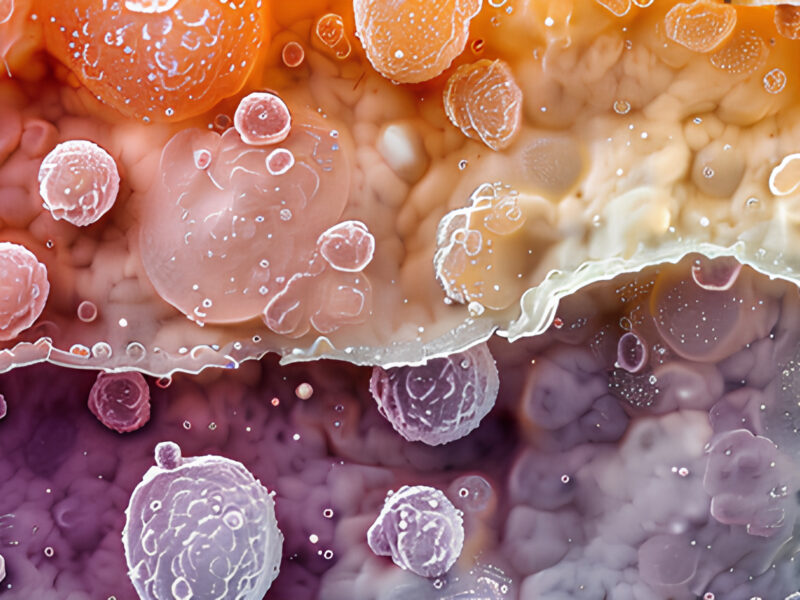
Imagine a simple topical treatment that could help aging skin heal faster, reducing recovery time from wounds and even improving skin quality. Scientists may have found exactly that. A recent study, published in Aging, reveals that a compound called ABT-263 can eliminate aging cells in the skin, boosting its ability to regenerate.
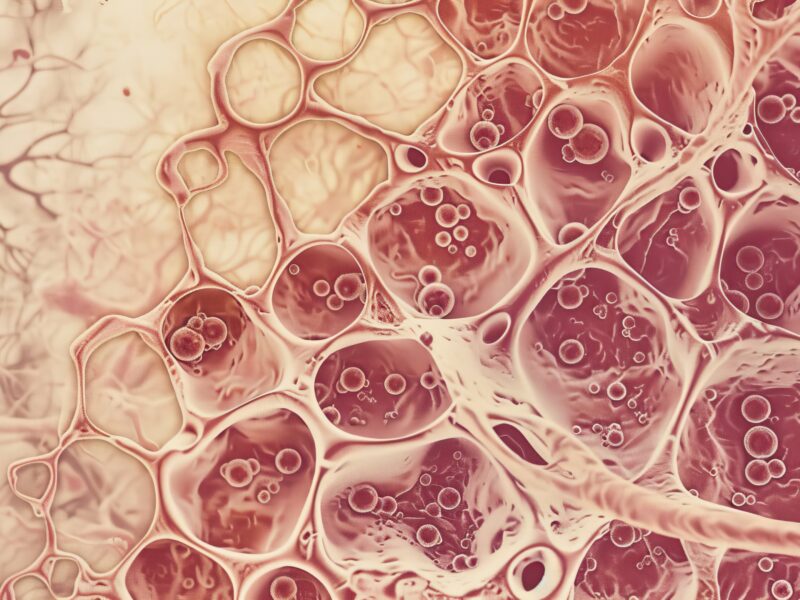
Emerging research suggests that a specific type of body fat may play an important role in healthy aging and physical performance. Researchers from Rutgers New Jersey Medical School explore this topic in a recent research perspective published in Aging (Aging-US). Their work discusses new findings and emerging ideas about the role of brown adipose tissue (BAT), commonly known as brown fat.
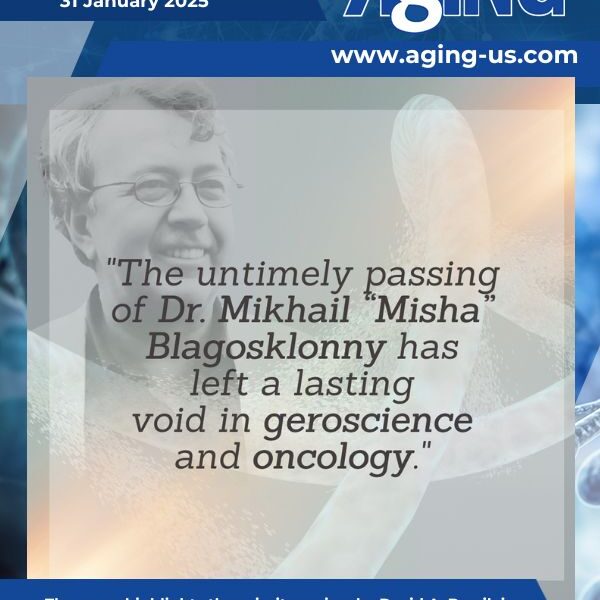
The untimely passing of Dr. Mikhail “Misha” Blagosklonny has left a lasting void in geroscience and oncology. This review examines his profound contributions, focusing on his pioneering the Hyperfunction Theory and his advocacy for rapamycin, an mTOR inhibitor, as a therapeutic agent for lifespan extension.

